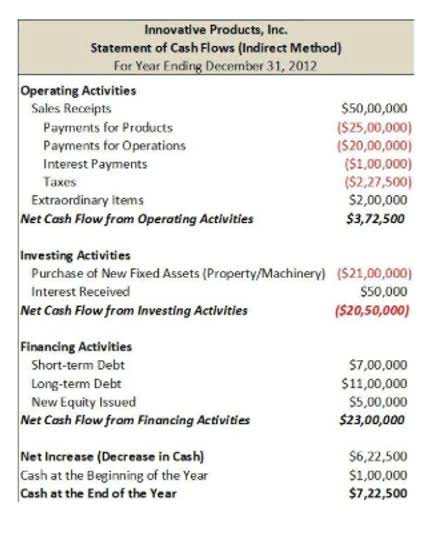What Budget Percentages Are Right For Your Church?

However, wise pastors and church boards regularly re-evaluate to put more and more to savings and increase the ability to expand ministry. One of the things not to do is, when you save in one area, do not automatically go spend in another unless you are doing things to position the church financially for future expansion, building, etc. I understand that in our debt-crazed culture, savings is not popular. But I can tell you, whenever you can save for the future, you really need to take advantage of that opportunity. For years I worked with great churches in the establishment of their budgets. Percentage guidelines for church budgets are helpful, but always need to be fluid in their application.

We know every pastor can lead their church into a new era of reaching more people, and we believe that starts with YOU!
Setting aside a certain percentage of funds for future growth or unexpected changes, allows a church to be better prepared to adapt and thrive. ChurchSalary is made possible through funding from the Lilly Endowment Inc. Other articles on this topic states that “most churches” allocate between 45 and 55 percent.
Facility Cost per Square Foot (Excluding Interest Expense)

In the big church down the street, annual plans were drawn up many months ago, including all the sermon series for the year, graphic designs, and the annual budget. The statement of priorities also follows recent board conversations about the anticipated need for budget revisions given expectations for lower giving and higher expenses in upcoming years. Much of this is a financial reality of a decreasing denominational membership. Vanderblomen shared $92,255 – $189,053 as the typical salary range for large churches with over 1,200 people in attendance. The U.S. Bureau of Labor Statistics (BLS) puts the median pastor salary estimate at $58,920.
Join my weekly newsletter where I share valuable snippets of wisdom spanning my Healthy Church Framework.

Many churches how to create a church budget have a large contingent of contract labor for positions like facility care, childcare, and musicians. To be a true comparison, you should look at all costs for staff, including W2 employees or 1099 contractors. This measure answers the question “How much does it cost to operate my church building? It should also include the cost of general repairs to the facility and other facilities-use expenses, but not equipment purchases or the cost of major renovations. This overall expense excludes both vehicle-related expenses and interest expense on debt and depreciation. This ratio, which can be split into two separate pieces, allows your church to look at two of its largest outflows and determine the portion of the operating budget that will be used.
- Once you’ve topped up your cash reserves through savings and your cash reserves are healthy, you can look at what is ‘hot’ in your church and pour out of that 10% into what is already going well.
- The stewardship team kicks into gear and prepares a draft budget with projected income and expenditure.
- A budget is an important part of the planning process for the upcoming year, and also includes generating church financial reports to keep members up to date.
- Please note these church budget percentages do not incorporate missions or building offerings.
- Your present salary will also determine your next one if you’re moving to a new place.
Best Banks for Churches and Church Plants
Thirdly, unforeseen opportunities for ministry that require a cash injection. I remember once when the wooden framework of our stage got infested with white ants. It cost thousands of dollars which we didn’t have budgeted. Firstly, it enables a church Bookkeeping for Chiropractors to move smoothly through the normal seasonal variations in cash flow. If your small groups are exploding then put some money into training leaders and developing a bigger and better small group program.


By following these do’s and don’ts, you can create a budget that not only supports your church’s mission but also engages your congregation in the financial stewardship process. A well-managed budget fosters trust and transparency, ultimately leading to a more vibrant and effective ministry. Thom Rainer says that the average staffing costs among all churches has dropped from 54 percent to 49 percent in recent years. Whatever amount you determine is generous but not too risky. The four ratios and measurements outlined above provide a good starting point for monitoring trends in expenses, and additional metrics have been discussed in other columns.
Related Resources
When allocating expenses for mission purposes, prioritize projects or initiatives that align with the church’s mission statement, vision, and values. Fundraising can be an effective way for churches to raise additional funds. There are many different types of fundraising activities that churches can engage in, including bake sales, car income statement washes, and charity auctions. Churches should track the amount of money they raise through fundraising activities and include this in their budget. Tithes and offerings are the primary source of income for most churches. Tithing is the practice of giving 10% of one’s income to the church, while offerings are additional donations made on top of the tithe.
